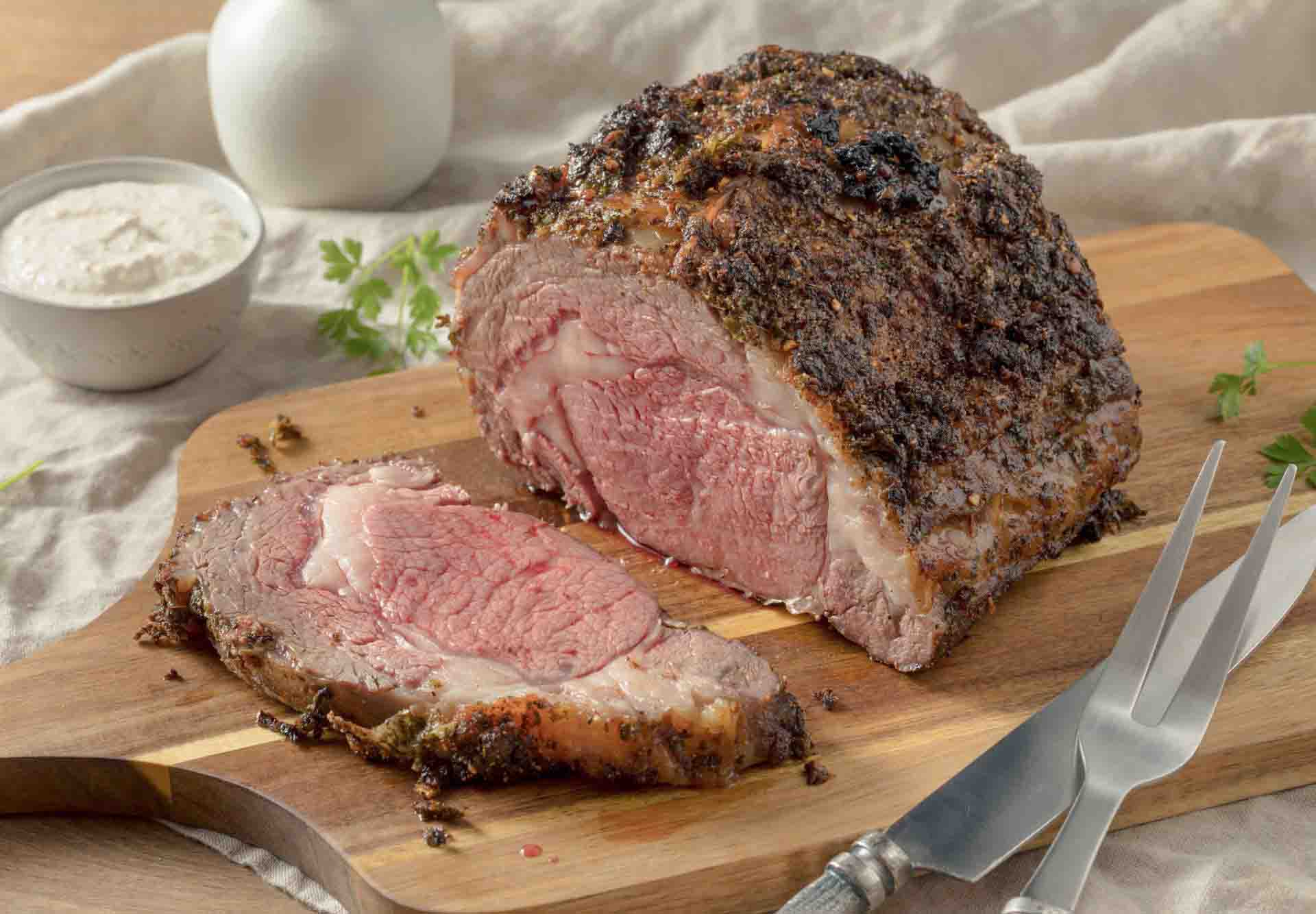Memories Wrapped in Prime Rib
Christmas dinners are steeped in nostalgia, and our prime rib mastery showcases that sentiment perfectly. Turkeys have their day in November, but while hams might occasionally grace our table, it’s the prime rib that truly captures our hearts. This year, we’re thrilled to share our cherished roast recipe, a cornerstone of our family traditions.
A Culinary Legacy: A Father’s Gift
The story of this delectable dish begins with my father. It’s a testament to love, heritage, and the unexpected journeys of life. Although it might surprise some, this Western classic was passed down to me by my father, shattering traditional norms. In their generation, men in Chinese families often ventured into Western culinary worlds, bringing back flavors and techniques. From the bustling kitchens of Grossinger’s Resort Hotel to pioneering a Chinese restaurant, my father’s journey was a blend of passion and persistence.
The aroma of prime rib wafting through our home was always a harbinger of joyous occasions. The sheer joy and anticipation as we awaited this treat are moments I cherish and long to recreate.
Picking the Perfect Prime Rib
The journey to a perfect roast starts with selecting the ideal prime rib. Engage with the knowledgeable meat experts at your local store or butcher. While many opt for the USDA Choice, often priced between $12 to $16 a pound, there’s a world of opulence in the Angus or USDA Prime cut. However, luxury comes at a price, sometimes soaring beyond $20 a pound. Our personal favorite is the USDA Choice cut, especially the tender pieces near the rib end.
Serving it Right
Here’s a simple rule: a rib bone typically serves two. So, if you’re hosting a party of 10, a 5-rib, 12-pound roast should suffice. But remember, appetites vary. Pair your prime rib with simple delights like roasted cauliflower, vibrant greens, fluffy baked potatoes, and crispy rolls. Let your roast shine!
Ingredients:
- A bone-in prime rib roast
- 3 robust onions (sliced generously)
- Kosher or coarse sea salt, 1 teaspoon for each pound of the roast
- Freshly ground black pepper, ½ teaspoon for each pound
- Minced garlic, 1 teaspoon for each pound
- Fresh rosemary, 1 teaspoon for each pound
- Fresh thyme, 1 teaspoon for each pound
- Olive oil, ½ teaspoon for each pound
Crafting the Perfect Roast:
- Preparation: Your butcher’s expertise will ensure your roast retains the right amount of fat. Rinse your prime rib roast under cold water and pat dry using paper towels.
- Setting the Stage: Within a sufficiently large roasting pan, position a flat roasting rack and generously scatter the onions atop it. If you don’t have a rack, fear not – resting the roast directly on the onions is equally effective. Place your roast in the pan.
- Marination Magic: In a mixing bowl, combine salt, pepper, garlic, herbs, and olive oil. Thoroughly coat your roast with this mixture, ensuring an even spread. Cover your marinated roast with plastic wrap, allowing it to infuse flavors overnight in the refrigerator. Trust me, letting the roast sit makes a world of difference!
- Warming Up: Roughly 2 hours before cooking, remove the roast from the refrigerator. For bone-in roasts, letting it sit out for 6-8 hours is beneficial. Preheat your oven to a scorching 450 degrees F, positioning your roast on a lower rack. Be cautious; placing it too high might cause it to brown prematurely!
- Beginning the Roast: After 30 minutes, add about a ½ cup of water to the pan base. This ensures the onions attain a perfect caramel hue without burning in the fat.
- Observing the Browning: Continue roasting for an additional 30 minutes, watching the roast take on a golden brown shade. Rotate your roast if needed, ensuring even browning.
- Continued Roasting: Once browned, reduce the heat to a steady 350 degrees F. Roast for another 90-120 minutes. If inclined, baste the roast at 30-minute intervals and ensure the pan remains moist.
- Temperature Checks: I generally estimate about 15 minutes of roasting per pound. However, a meat thermometer remains your most trusted tool. For a medium-rare delight, aim for an internal temperature of 125 degrees F.
- Resting Time: Upon reaching the desired temperature, transfer your roast to a cutting board or serving platter. Cover lightly with foil and let it rest for 15-20 minutes.
- Creating the Perfect Jus: Transfer pan juices through a fine mesh strainer into a fat separator. Add water to the pan if needed and stir. Pour the separated juices into a pot or sauté pan. Warm it up, and adjust the taste. If you fancy a kick, consider serving it with a dab of horseradish.
Celebrating with loved ones over a beautifully cooked meal has its own charm. Here’s to flavorful memories and cherished moments around the dining table!
Pro Tips
When considering servings, ensure you have around 1 pound (pre-cooking weight) for every guest. Three onions typically serve most roast sizes. However, for those grand feasts with a larger roast, toss in an extra onion for good measure.
Armed with this guide, you’re all set to create not just a meal, but memories that will linger long after. Revel in the flavors, the laughter, and the sheer magic of shared meals.
